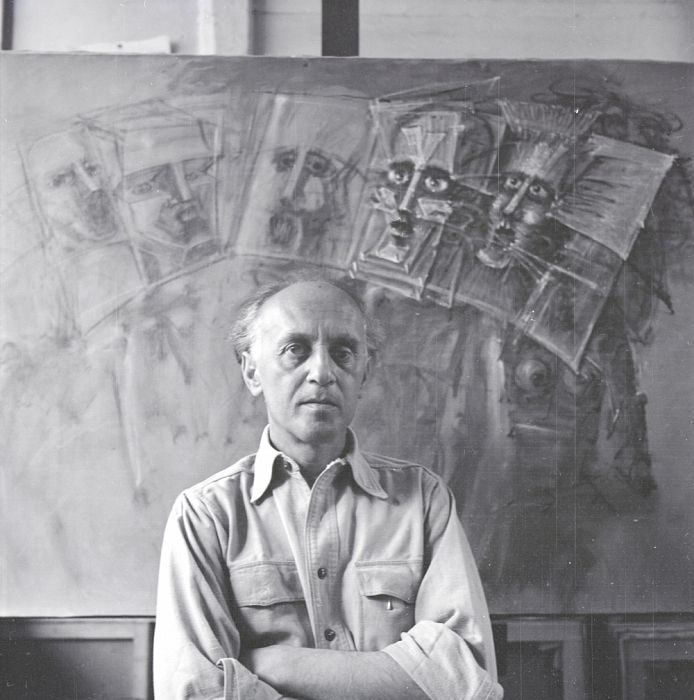
1903 - 1966
Victor Brauner

description
A Romanian painter and sculptor of Jewish origin, the main representative of the vanguard of this country in the first half of the 20th century and during the post-war period. The artist made a significant part of his creative career in France. Although Victor Brauner, after his early post-impressionist and expressionist experiences, contributed to every avant-garde movement, much of his work fits into the concept of Surrealism.
Active in the cultural life of his country, the artist tried to develop avant-garde movements – he founded the magazine “75 HP” in Bucharest, wrote the “Manifesto of Picto-Poetry,” and organized exhibitions of Dadaists and Surrealists. However, the threat of falling into the dungeons of the Nazis forced the artist to settle in France.
Brauner was an active and influential member of the Surrealist association headed by Andre Breton; however, according to art expert, his art stood apart due to the artist’s unbridled imagination and, most importantly, his serious passion for esoteric ideas and the authentic art of different nationalities. This style made the artist original, especially after he lost his eye – the same one, which he depicted as knocked out in his self-portrait seven years before it happened in real.
Victor Brauner was a participant in major surrealist exhibitions; in 1966 (in the year of his death), he was chosen to represent France at the Venice Biennale. He willed to make the inscription, “Painting is life, real life, my life” on the grave plate of the Montmartre cemetery.
Key ideas:
– In his early teenage years, Victor communicated with Romanian decadent intelligentsia, attended spiritualism sessions, and became acquainted with numerous esoteric literatures. Entering the Bucharest School of Fine Arts at the age of 18, he did not paint landscapes in the manner of Cézanne for a long time, and soon became one of the most active participants in he Romanian avant-garde – he regularly published his articles in magazines, painted pictures for the magazine “UNI”, which supported not only Dada, but also Surrealism.
– Together with Dada poets T. Tzara and I. Voronka, Brauner organized the magazine “75 HP”, where he published the synthetic “Picto-Poetry Manifesto”, similar to the idea of Apollinaire’s calligrams; the only difference was that the Romanian avant-garde artist approached the synthesis from the perspective of a painter – his “Picto-Poetry” contained poems as an element of painting. The artist started implementing this idea in Paris only 25 years later.
– Having settled in Paris, under the influence of I. Tanguy, with whom he shared the workshop, the artist created several paintings with distorted faces, including a self-portrait without an eye – this and a few other pictures created in the early 1930s turned out to be prophetic.
– After the tragic year of 1938 (the artist lost his eye), his works turned into a complex alloy of images and visions, uprooted from the subconscious of a modern European, who has a lot of fears, complexes, and taboos.
– The post-war painting of the master included forms and symbols based on Tarot cards, Egyptian hieroglyphs, ancient and Mexican (Maya, Aztecs, Indians) myths and codes. Most of the images of the late creations of Brauner have clear totem colours.
1903
1919
1924
1931
1934
1935
1939
1947
1951
1953
1958
1961
1963
1966
Victor Brauner was born
Started attending a course at the Academy of Fine Arts

The first solo exhibition

Settled with his wife in Paris

Exhibited his paintings at the Sixth Salon Supernaspendents

Returned to Bucharest

He held a personal vernissage at the Henrietta Gallery

He set up his workshop in the building on Perrell Street
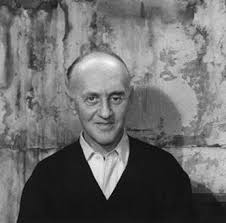
Brauner's solo exhibition
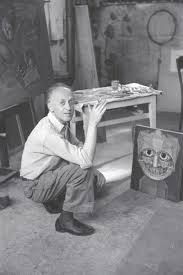
He settled in the south of France
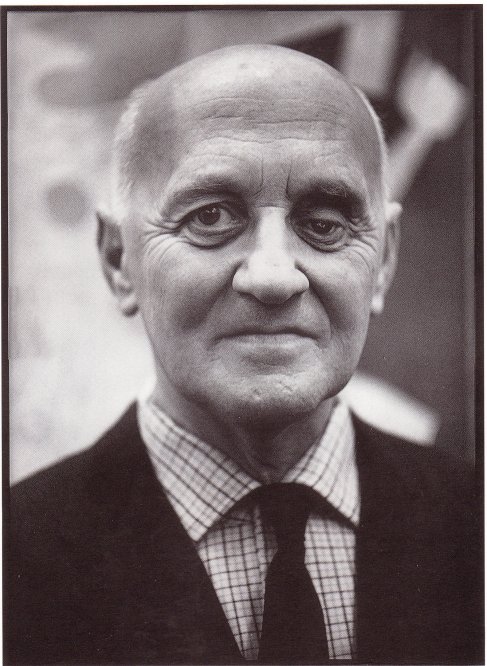
Two personal exhibitions of the artist were held in Italy
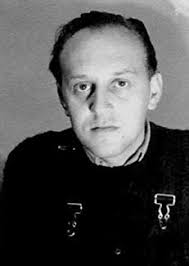
The artist purchased a house in Wargenville
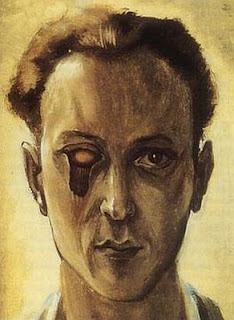
Received French citizenship

The artist died on March 12
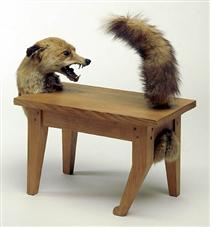
Victor Brauner
On Artist
flow
Post-impressionism
Dada
Surrealism
Neo-primitivism
friends
Alberto Giacometti
artists
Andre Breton
Pablo Picasso
Paul Klee
Giorgio de Chirico
Salvador Dali
By Artist
flow
Abstract expressionism
friends
Yves Tanguy
Pedro Coronel
artists
Roberto Matta
Andy Warhole
Leonora Carrington
Kurt Zeligman
Vlady
